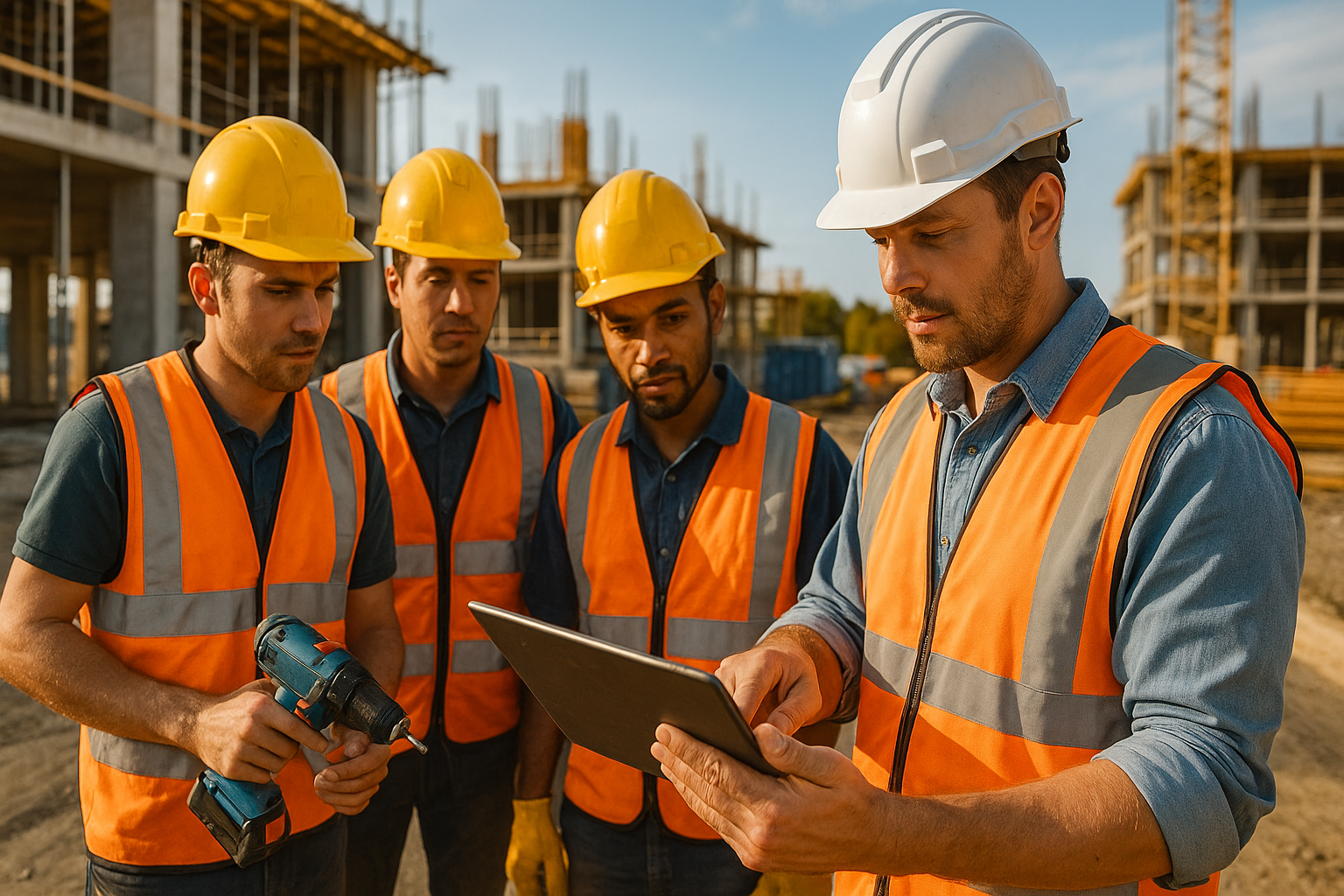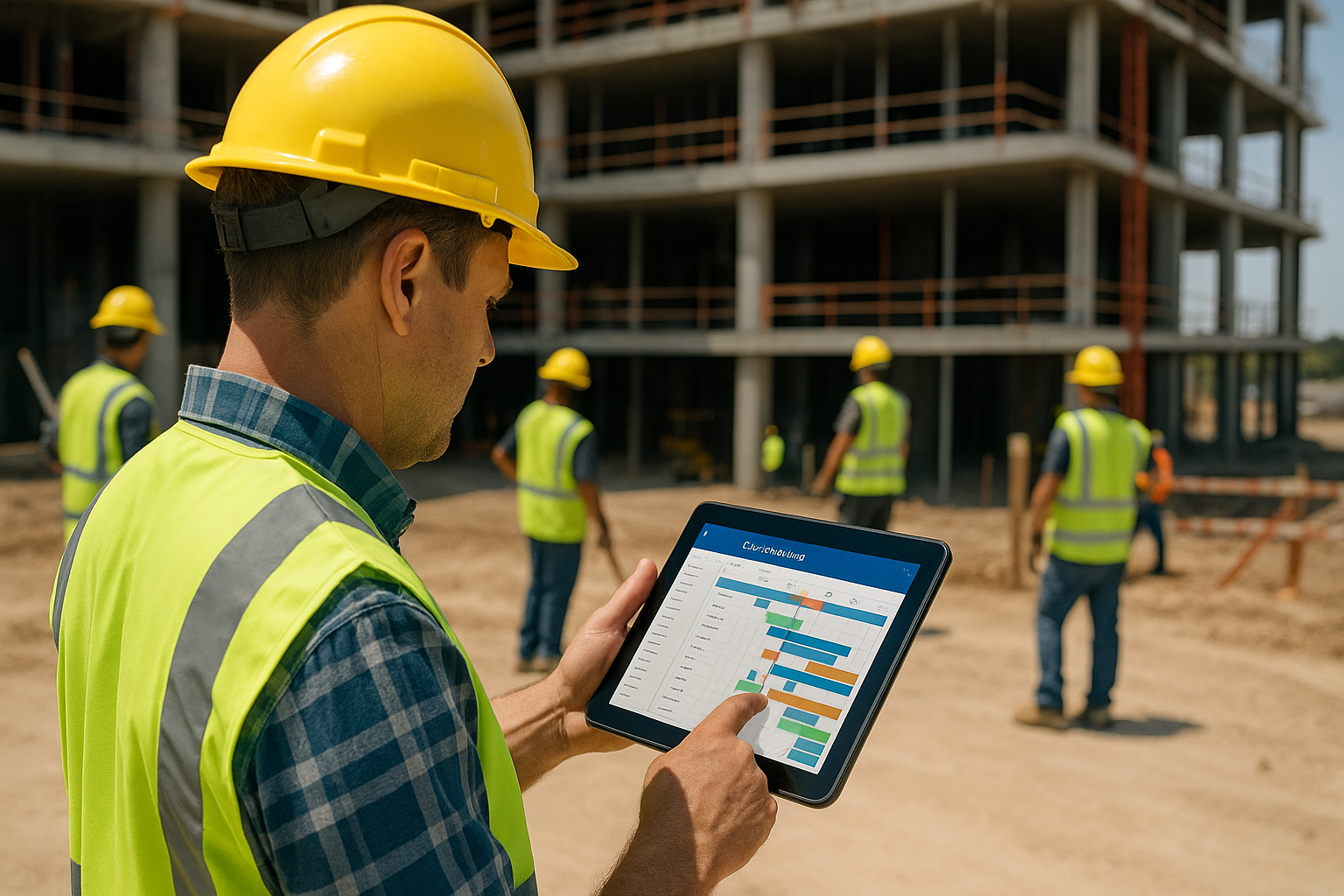Exploring the Wonders of Self-Healing Concrete

In the world of construction and infrastructure, innovation continues to push the boundaries of what is possible. One such groundbreaking development is the advent of self-healing concrete. Imagine a material that can autonomously repair its cracks without human intervention. Sounds like science fiction, right?
Well, self-healing concrete is very much a reality, revolutionizing the way we build structures. In this blog post, we will delve into the fascinating world of self-healing concrete, exploring its composition, working principle, and benefits over traditional concrete.
What is Self-Healing Concrete?
Self-healing concrete, also known as self-repairing concrete, bio-concrete or autonomous repairing concrete, possesses a remarkable ability to mend its cracks automatically. This advanced material is designed to repair damage caused by shrinkage, external stress, or other factors that lead to crack formation.
How does it work?
At the heart of self-healing concrete lies a natural marvel: bacteria. Spores of specific bacteria, such as Bacillus species, are embedded within the concrete mix during production. These microorganisms remain dormant until cracks form within the concrete. Once exposed to moisture from the crack, these spores spring to life, producing limestone to seal the gap and restore the material’s structural integrity. Over time, this repair process ensures that the structure remains intact, reducing the need for manual intervention and costly repairs.
Benefits of Self-Healing Concrete:
- Durability: Self-healing concrete boasts exceptional durability. Extensive testing has demonstrated its resistance to harsh conditions, such as freeze-thaw cycles and chemical exposure.
- Reduced Maintenance Costs: Self-healing concrete minimizes the need for costly repairs, saving time and money in the long run. Addressing cracks as they occur prevents further structural deterioration and associated maintenance expenses.
- Increased Lifespan of Structures: The autonomous repair capabilities of self-healing concrete contribute to the increased lifespan of structures. This ensures structural integrity and enhances sustainability by reducing the need for frequent reconstruction.
- Resistance to Crack Formation: Traditional concrete is prone to cracking due to various factors, including temperature changes and structural loads. Self-healing concrete, on the other hand, actively combats crack formation, preserving the integrity and aesthetics of the structure.
Comparing Self-Healing Concrete to Traditional Concrete
Research and studies have provided compelling evidence regarding the superiority of self-healing concrete over traditional concrete. A comprehensive study published in the Journal of Materials Science revealed that self-healing concrete achieved a compressive strength recovery of over 90% after crack healing. This finding underscores the long-lasting performance of self-healing concrete.
Furthermore, a life cycle cost analysis performed by researchers at TU Delft showed that the initial higher cost of producing self-healing concrete was offset by reduced maintenance and repair expenses over the lifespan of a structure. The study indicated that the long-term cost savings could be substantial, making self-healing concrete a financially viable option.
Self-healing concrete represents a significant leap forward in the world of construction. As we continue to push the boundaries of innovation, self-healing concrete promises a future where structures possess the power to heal themselves, revolutionizing the way we build and maintain our world.
*Brought to you by Plexxis Software: Offering software solutions for the construction industry that integrates cloud, mobile and on-premise software to improve and enhance team performance.



